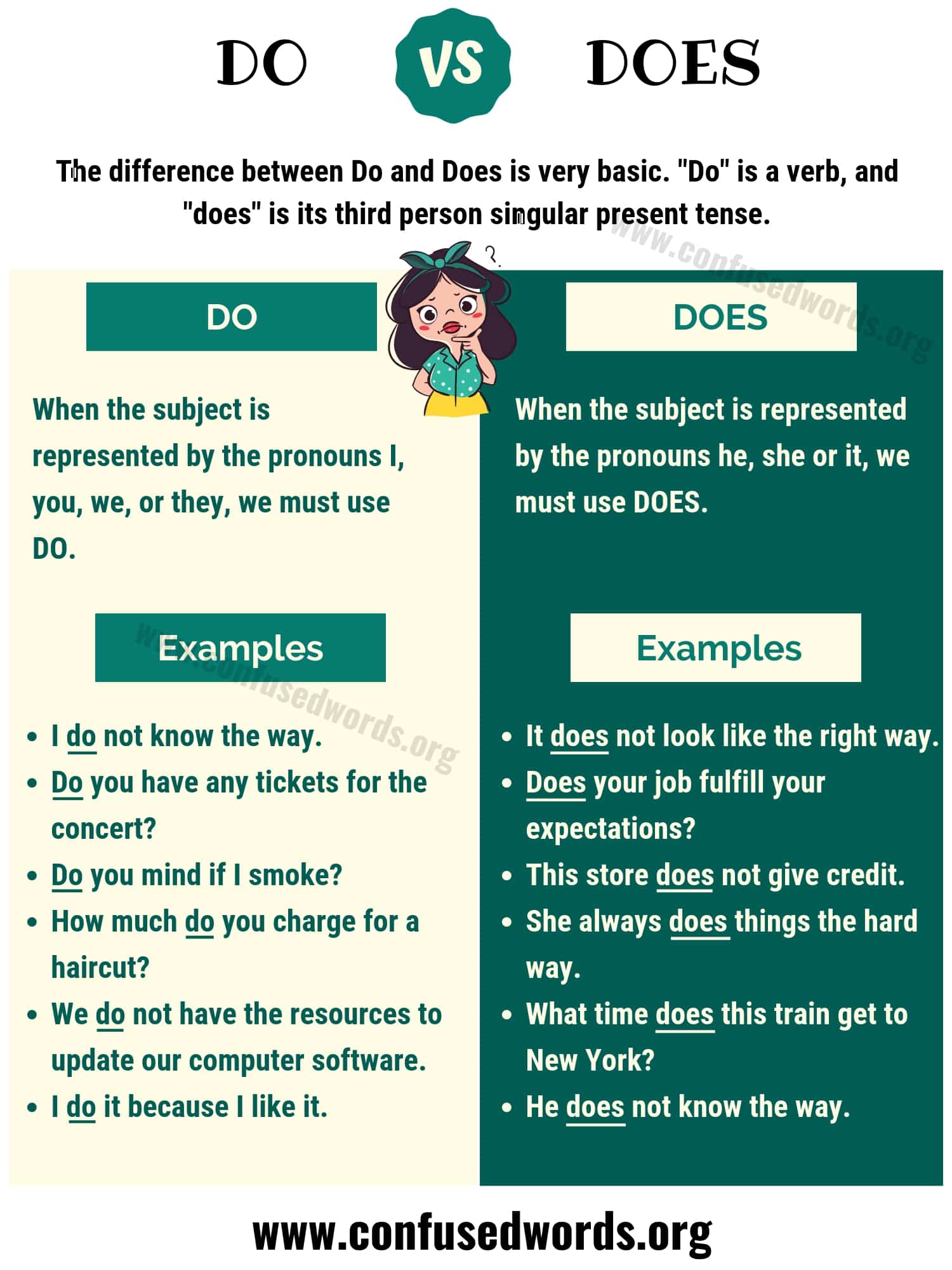Unlocking Career Potential: Understanding and Accessing Occupational Education
What Is Occupational Education?
Occupational education is a form of learning designed to equip students with the practical skills, technical knowledge, and hands-on experience needed for specific careers. Unlike traditional academic pathways that focus on theoretical knowledge, occupational education prepares individuals for immediate employment in jobs that do not typically require a four-year college degree. This education may take place in high schools, community colleges, vocational or technical schools, or through adult education programs. The focus is on providing relevant competencies and certifications that match workforce needs and help students transition smoothly into paid employment [1] , [2] .
Key Features and Benefits of Occupational Education
Occupational education is characterized by:
- Career-Focused Curriculum : Programs are tailored to the requirements of specific industries, such as healthcare, technology, skilled trades, or business.
- Hands-On Training : Learners gain practical experience through labs, workshops, internships, or on-the-job training, bridging the gap between theory and real-world practice.
- Industry Certifications : Many programs offer credentials or certificates that are recognized by employers, increasing graduates’ job prospects and earning potential.
- Shorter Timeframes : Most occupational education programs can be completed in less time than a traditional four-year degree, making them a faster route to employment.
- Accessibility : These programs are often available through local community colleges, technical schools, and adult education centers, making them accessible to a wide range of learners.
The core benefit of occupational education is its focus on employability. Students emerge with tangible skills that can lead directly to jobs in industries with strong demand, such as healthcare support, information technology, advanced manufacturing, and skilled trades [2] .
How Occupational Education Works: Pathways and Structure
Programs in occupational education vary in length and structure. Some are short-term certificates or diplomas focused on entry-level skills, while others are more comprehensive associate degree programs. Examples include:
- Certificate in Medical Assisting
- Diploma in Welding Technology
- Associate of Applied Science in Information Technology
- Automotive Service Technician Training
Most occupational education programs integrate classroom instruction with practical components, such as:

Source: slideshare.net
- Simulated Work Environments : Students practice tasks in realistic settings.
- Externships and Internships : Learners gain experience in actual workplaces, often leading to job offers upon graduation.
- Career Counseling : Many institutions offer support in resume writing, interview preparation, and job placement.
This approach ensures that graduates are ready for the expectations and demands of real jobs. Some programs also offer pathways for further education, such as transferring credits toward a bachelor’s degree in an applied field [1] , [2] .
Who Should Consider Occupational Education?
Occupational education may be a strong fit if you:
- Are looking for a clear, practical pathway to employment
- Prefer hands-on or applied learning over purely academic study
- Want to enter the workforce quickly
- Are interested in fields requiring technical or trade skills, such as healthcare support, IT, automotive repair, culinary arts, or advanced manufacturing
It is also ideal for adults seeking to change careers, military veterans transitioning to civilian work, or recent high school graduates looking for alternatives to four-year college degrees [5] .
Step-by-Step: How to Access Occupational Education Programs
1. Identify Your Career Goals : Start by clarifying the type of work you want to pursue. Research in-demand fields and consider your interests, strengths, and long-term aspirations. 2. Research Accredited Programs : Look for accredited occupational or technical education programs at local community colleges, vocational schools, or adult education centers. Use search terms like “occupational education programs near me” or “career and technical education” along with your desired field. 3. Contact Admissions : Once you find programs of interest, contact their admissions offices for details on application requirements, class schedules, costs, and financial aid options. 4. Apply : Complete the program’s application process, which may include submitting transcripts, completing an application form, and meeting with an advisor. 5. Seek Financial Aid : Many occupational education programs qualify for federal or state financial aid. You can apply for federal aid through the official FAFSA (Free Application for Federal Student Aid) website. Begin by visiting the U.S. Department of Education’s official website and searching for ‘FAFSA’ to access the application portal. 6. Attend Orientation and Register : Once accepted, attend any required orientations and register for classes. 7. Engage in Coursework and Training : Participate actively in both classroom and hands-on components. 8. Use Career Services : Take advantage of job placement assistance, resume help, and career workshops offered by the institution. 9. Earn Certificates or Credentials : Upon completion, you may receive a certificate, diploma, or associate degree, which can be presented to employers as proof of your skills.

Source: slideshare.net
If you are unsure where to start, consider contacting your local community college or the state’s workforce development agency for guidance on available occupational education offerings.
Challenges and Solutions in Occupational Education
While occupational education offers clear advantages, some challenges may arise:
- Program Availability : Not all areas have the same range of programs. Solution: Explore online or hybrid learning options, or check for regional workforce training centers.
- Funding Barriers : Tuition and fees can be a hurdle for some students. Solution: Apply for scholarships, grants, or employer-sponsored training. Search for state or industry-specific financial aid opportunities.
- Recognition of Credentials : Some employers may prefer certain certifications over others. Solution: Choose programs accredited by recognized industry bodies or endorsed by local employers.
Alternative Approaches and Additional Resources
If traditional occupational education programs are not accessible, consider:
- Apprenticeships : Paid, hands-on training programs that combine work and classroom learning. These are often available in trades, healthcare, and technology fields. You can search for ‘Registered Apprenticeship programs’ through the U.S. Department of Labor’s official website.
- Online Courses : Many reputable institutions offer online vocational or technical courses. Always verify the accreditation and industry acceptance of any online credential.
- On-the-Job Training : Some employers provide structured training programs for new hires. Inquire about training options during the job application process.
- Adult Education Centers : These centers often offer basic occupational training, GED preparation, and job readiness programs. Contact your local adult education office for current offerings.
Key Takeaways
Occupational education is a dynamic and practical pathway for individuals seeking to build specialized skills and quickly enter the workforce. With a variety of program options, hands-on learning, and strong employer connections, it serves as a valuable alternative to traditional academic routes. To get started, research programs in your area, clarify your career interests, and reach out to local education providers for personalized guidance. While funding and availability may present challenges, numerous resources exist to help you succeed in your chosen career path.
References
- Genie AI (2024). Occupational Education Legal Definitions and Insights.
- Washington State Board for Community and Technical Colleges (2020). Occupational Education with English.
- Studocu (2023). Occupational Education – Student Q&A.
- ERIC (1974). Career Education, Vocational Education, and Occupational Education: An Approach to Defining Differences.
- University of Idaho (2018). Career & Technical Education: Occupational Education.
MORE FROM 9scholarships.de













